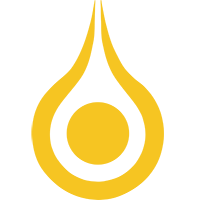2012 – Online Oil Consumption Measurement – Steady-state vs. Dynamic
SIMEA 2012
M.Sc. Armin Frommer, Dipl.-Ing. Annette Beeckmann, Dipl.-Ing. Rudolf Freier, Roberto Pierotti
Abstract:
„Partly competing objectives, as low fuel consumption, low friction, long oil maintenance interval, and at the same time lowest exhaust emissions have to be fulfilled. Diminishing resources, continuously reduced development periods, and shortened product cycles yield detailed knowledge about lube oil consumption mechanisms in combustion engines to be essential. Further reduction of lube oil consumption, however, requires development and continuous optimization of measurement methods allowing precise and reliable analysis of these mechanisms. The Lubrisense mass spectrometric measurement system used at MAHLE allows real-time detection of low-volatile hydrocarbons originating from lube oil in the exhaust. This paper provides an overview about measurement method fundamentals and capabilities. Exemplary results show the general influence of engine speed and load on lube oil consumption of gasoline engines. They also reveal that mechanisms induced by transient engine operation can contribute significantly to overall LOC carrying precious potential for further LOC reduction.
Summary/Conclusion:
Exemplary results in this paper reveal that knowledge about steady-state LOC is one important element but not sufficient for further LOC reduction on modern engines. Besides the general influence of speed and load during steady-state operation LOC behavior is affected by dynamically induced LOC mechanisms, which can contribute significantly to overall LOC. As a result, optimum engine component development includes evaluation of LOC behavior for stedy-state and dynamic engine operation.
The fast LOC measurement method complies with the resulting requirements towards measurement technology. Besides significant measurement time reduction compared to conventional measurement methods, it allows real-time monitoring of lube oil emission and thus LOC analysis throughout the whole load/speed range of the engine. This offers the opportunity to carry out extensive parameter studies systematically. Suitable measures can be derived from results of these investigations. Finally, the combination of specific test cycles for LOC analysis and catalogues of measures provides a tool that can be used for LOC optimization by target-oriented changes to PCU components, optimizing them as a system in total.“
